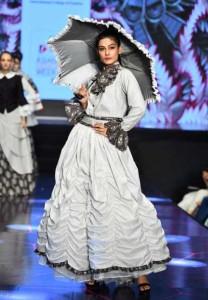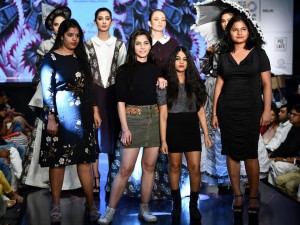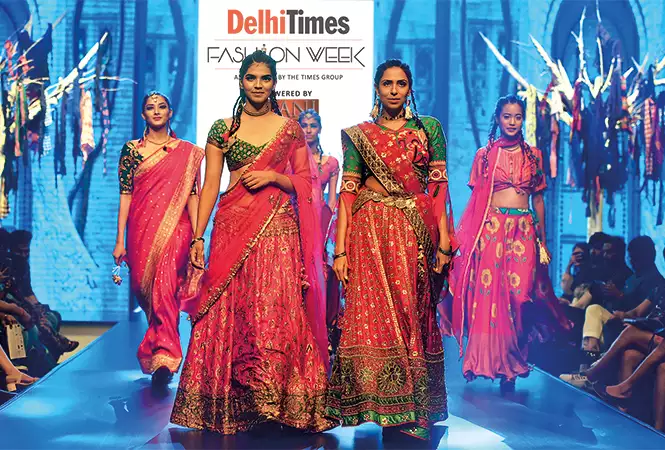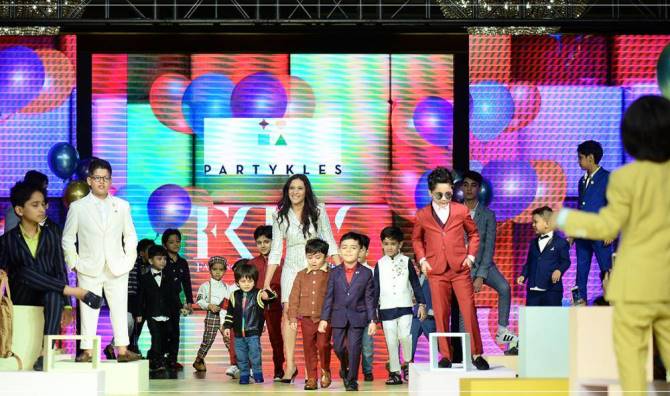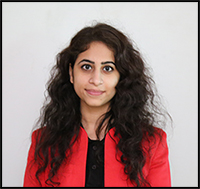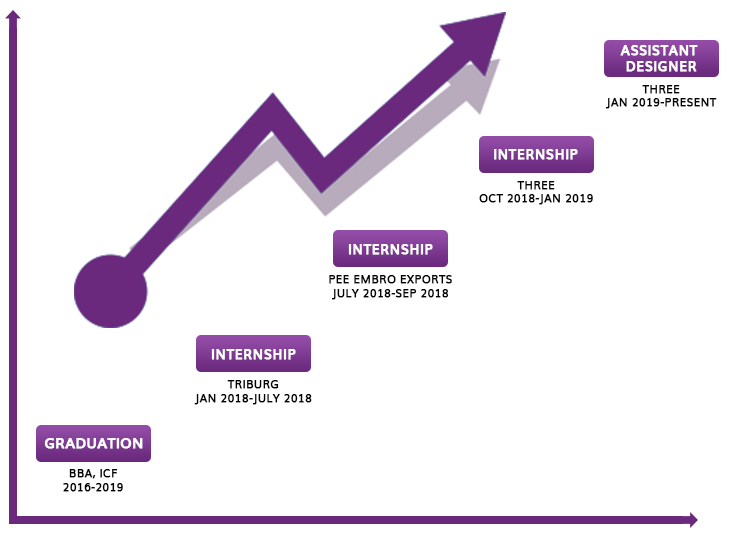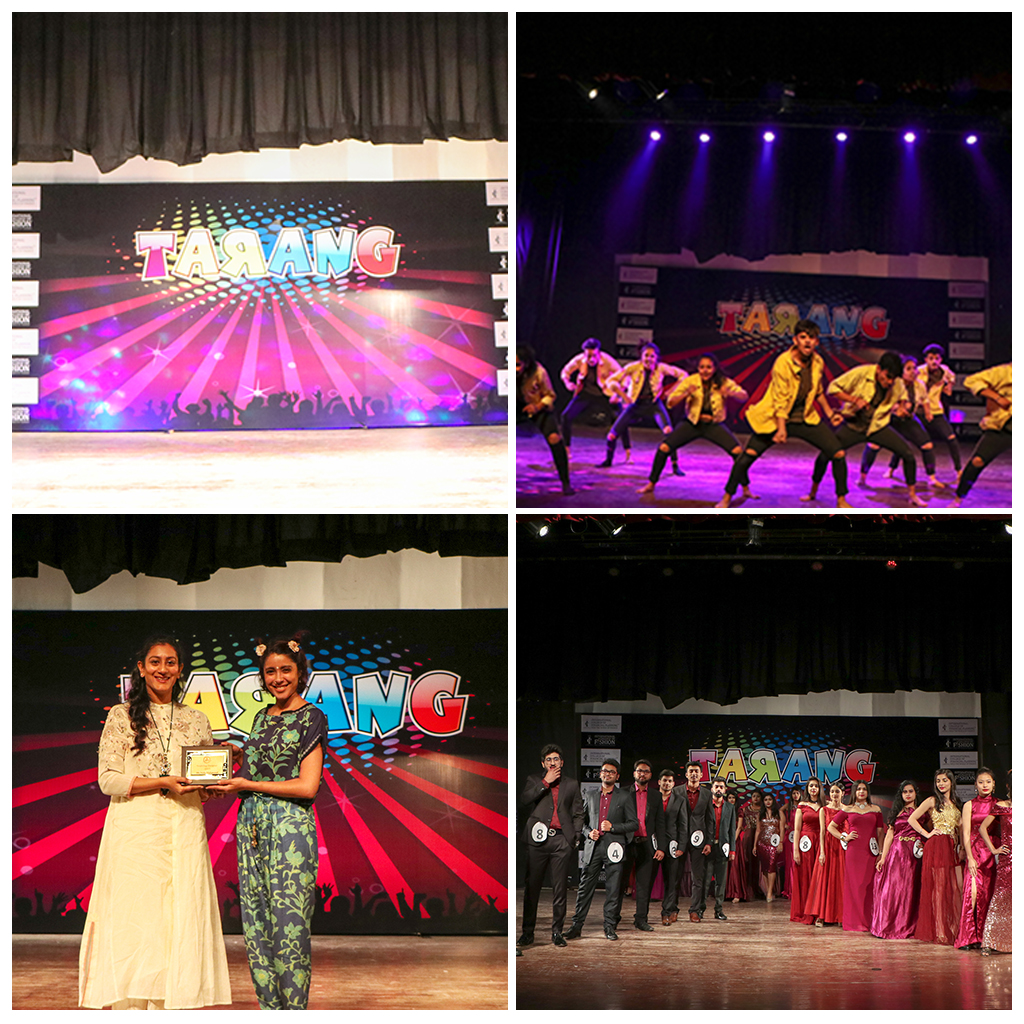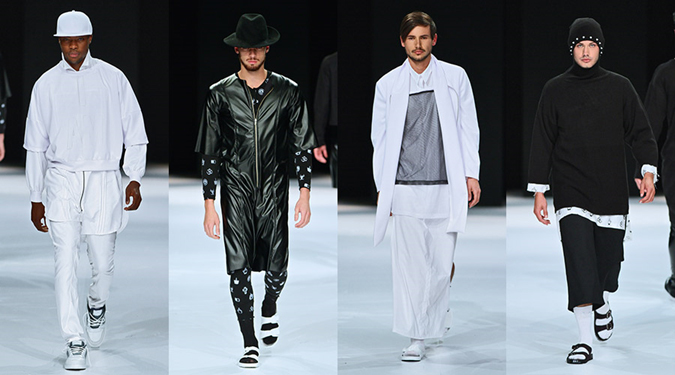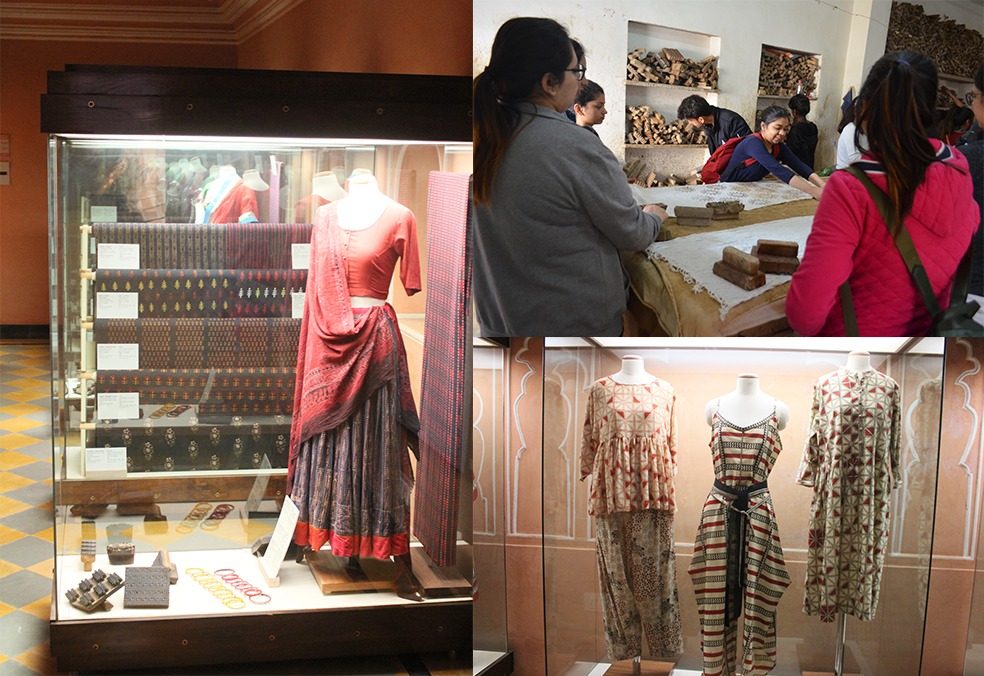I became the head (Executive Director) of the FDCI, now nearly a decade ago. Our office was in an apartment in Saket, a common practice at that time. To reach the office on the second floor, we had to walk up the stairs and jump over a sleeping dog known for being aggressive when provoked. As I took up the onerous reins of the fashion industry in India, I realized that much like the dog, the gross artistic talent of Indian designers was immense but the fashion design industry was still in its infancy and had made a little impact at home in India, much less the World. Coupled with the rich Indian heritage and culture we should have been talking of a major industry. In reality, designers were living from hand-to-mouth and quite literally operating from their father-in-law’s house!
This is when I commissioned research through the well-known consultants KPMG to study the level of the current industry and also to benchmark the West where billion-dollar brands such as Giorgio Armani, Versace, etc. all mocked us. Surprisingly, my initiative did not find sympathetic support from the FDCI Board which, unfortunately, consisted entirely of designers who were sure they knew it all. The results of the study, however, were seminal.
In the West, the industry started at the top of the design totem with couture (exclusively one of a kind) remaining exclusive and relatively small. It did make a handful of designers personally rich but as an industry, it was nowhere, and it was extremely risky for investors. The industry grew as designers moved down the chain to diffusion – multiple but limited lines which were sold in studios with, most often, the designer himself in attendance. The real breakthrough came when a few enterprising designers pushed to move into pret-e-porter (ready-to-wear) available off the shelf and at affordable, even if premium, prices to a vast upper-middle-class!
The move to Pret was not easy. Designers quickly realized that Pret required large numbers to make business sense. This required efficient factories, distribution to a large number of stores, marketing, etc. This was usually beyond the competence of designers and was also beyond their interest areas. This is the classic clash in a fashion business – how to mate the vagaries and subtleties of art with the heat and dust of a competitive marketplace. The solution, of course, was the partnership of the high-flying designer with down-earth businessmen. The partnership could be in the form of a joint venture with a corporate which could bring in finances and skilled managerial support. That is how the West got into the big leagues.
Unfortunately, we in India faced many hurdles on many sides. At the FDCI, to promote Pret, we instructed all participating designers to show only Pret collections at the India Fashion Week. However, this was easier said than done as designers still displayed what they were most comfortable with – couture! Those who did venture forth most often came up with watered-down lines of their couture lines or worse still, Western wear! We could see that Indian fashion had a long way to go to mature. Customers were also in a time warp where they valued the weight of the garment, the amount of embroidery or surface work done and hesitant to move beyond drapes.
On the creative side, designers had to learn, to their dismay, that pret is not a mini version of their couture collections with, say, a little less embroidery but required a fresh new approach and a totally new collection.
The other challenge at the FDCI was to get investors and corporates to partner Indian designers. The trouble was both ways – with designers and with Indian corporates. From the FDCI we extolled Indian designers, but businessmen found it difficult to relate to persons who ‘got up only after 11 o’clock’, did not care much about business civilities and wanted to be treated as prima donna’s! On the other hand, designers could not accept that the corporates valued their business to just a simple multiple of one year’s sales rather than the hundreds of crores they thought they were really worth. Further, they found it unthinkable to sell their label, which was usually their own personal name, to an alien entity and risk the possibility of losing it entirely. The result was that potential corporates such as Raymond, who even launched a Designerwear chain called BE:, baulked from backing any designers. Instead, when expansion was called for, they preferred to buy out premium, mass brands which in the case of Raymond was Color Plus. It finally devolved on foreign businesses such as LVMH, who better understood the dynamics of fashion, to invest into Indian designers.
Luckily, the new breed of Indian designers, having much less baggage of yesteryears, is far more business savvy and are able to quickly appreciate business complexities. However, Indian corporates are still tardy at making investments in Indian designers as they are still uncomfortable with the risks of the industry and still face a less than robust retail infrastructure. The saving grace has been the VC’s and other foreign investors who have made that move. Today there are a handful of Indian designers who have made it close to the Rs 100 cr. annual turnover. This includes the like of Rohit Bal, Ritu Kumar, Sabyasachi, Tarun Tahiliani, Manish Malhotra and Anita Dongre. Of particular pride for us is Anita Dongre, whose pret labels and retail chains, Indo-western styled Global Desi (138 retail stores) and Western-styled AND (125 retail stores) together with other labels add up to a solid Rs 725 cr per annum.
Although having less flourish or creativity than her brethren, Anita’s Dongre’s phenomenal success has been due to a relentless focus on Pret, sharing the business end of the stage with her MBA brother, Sawlani and the VC’s who put up the money. This is just a tip of the iceberg of what Indian fashion can do when everything falls in place. To be sure, there is still a long way to go but now the glass ceiling for Indian designers has been broken!
Vinod Kaul
Jt. Managing Director, ICoFP
Please follow and like us:
